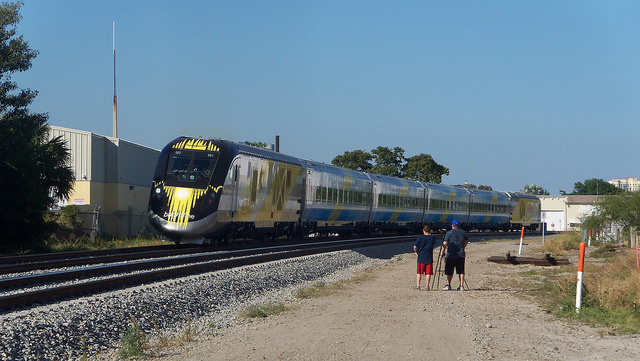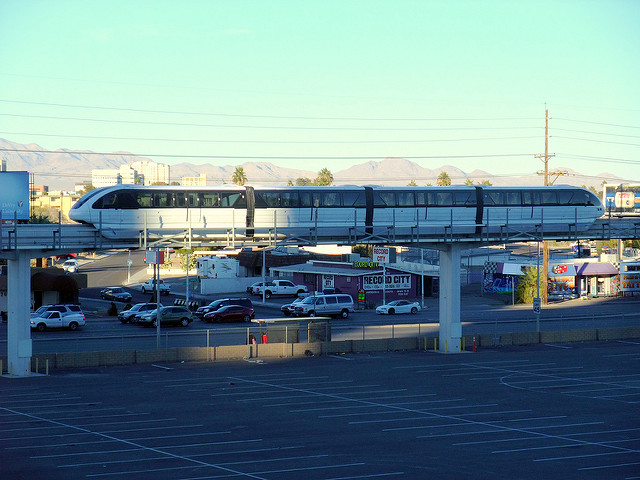A recent report from the RAND Corporation looks at America’s infrastructure and concludes that “not everything is broken.” In face, what is broken, more than the infrastructure itself, is “our approach to funding and financing public works.” This is largely because governments by-pass market signals and rely on “often complicated and multilayered governance arrangements and competing public goals and preferences” to make decisions about where to spend money.
For example, the report shows that government spending on infrastructure as a percentage of gross domestic product declined from a peak of 3 percent of GDP in 1960 to about 2.5 percent in 1980, and has hovered between 2.5 and 2.7 percent since then. But governments also made a clear trade-off in infrastructure spending: spending on roads declined from 1.6 percent of GPD in 1960 to around 1 percent in and since 1980, while government spending on mass transit grew from 0.1 percent in 1970 to 0.4 percent in and since 1980.
This would be fine if spending on mass transit had been as productive as spending on highways had been. But it wasn’t. Until the 2008 financial crisis, per capita driving continued to grow despite the lack of much capital spending on new roads, while per capita transit ridership was stagnant or declining. The report doesn’t have data after 2014, when per capita driving began to increase again while transit ridership began to collapse. Continue reading









